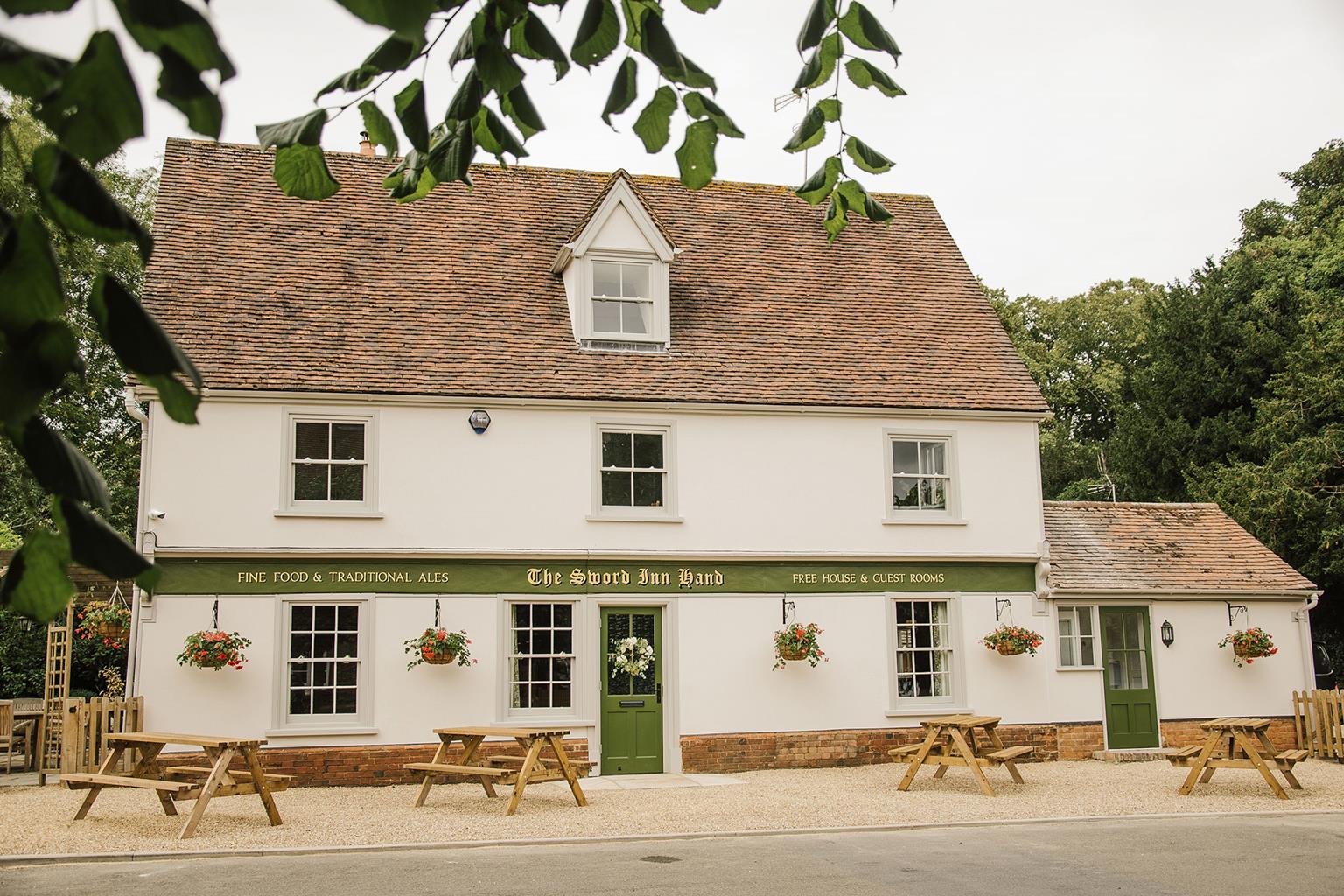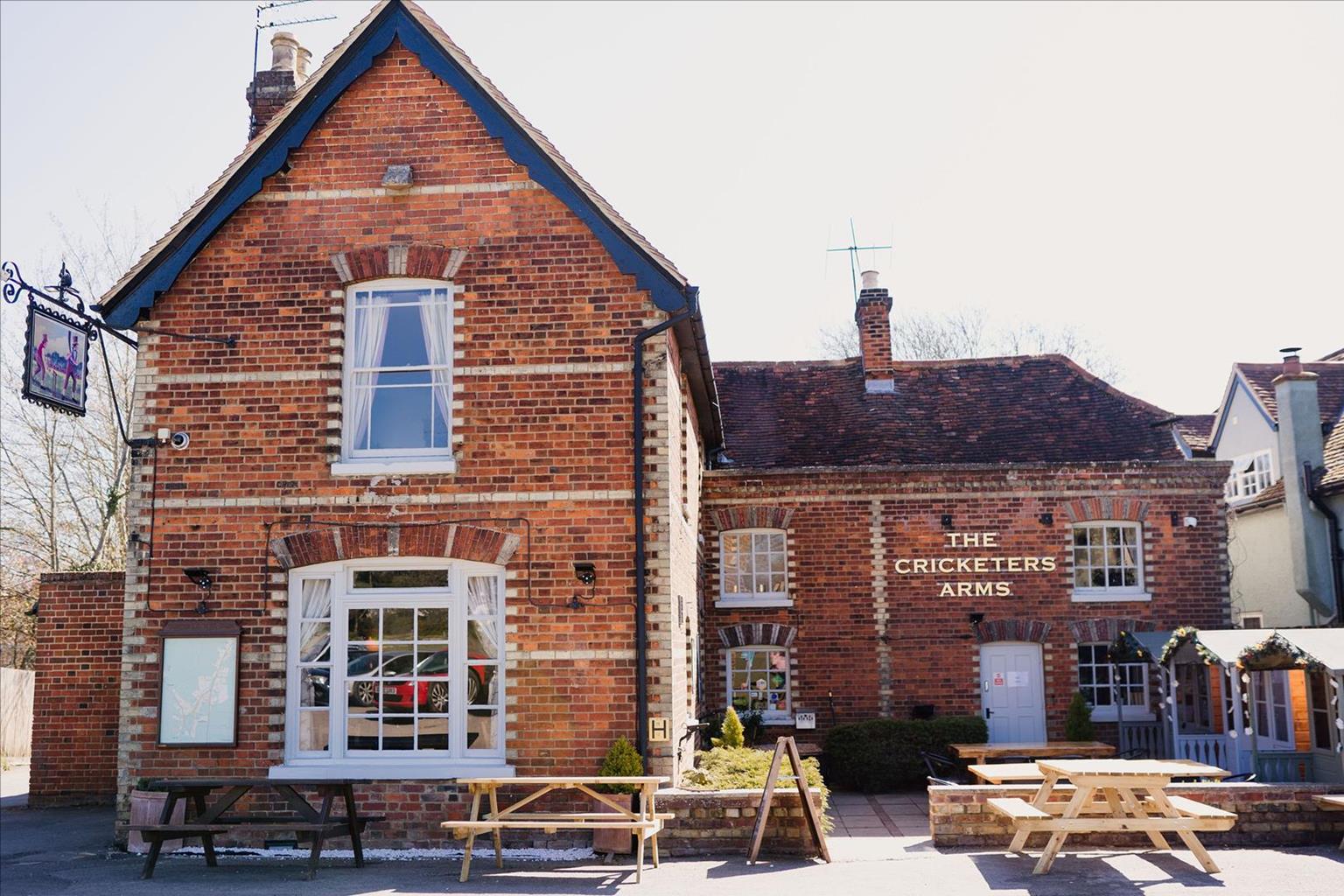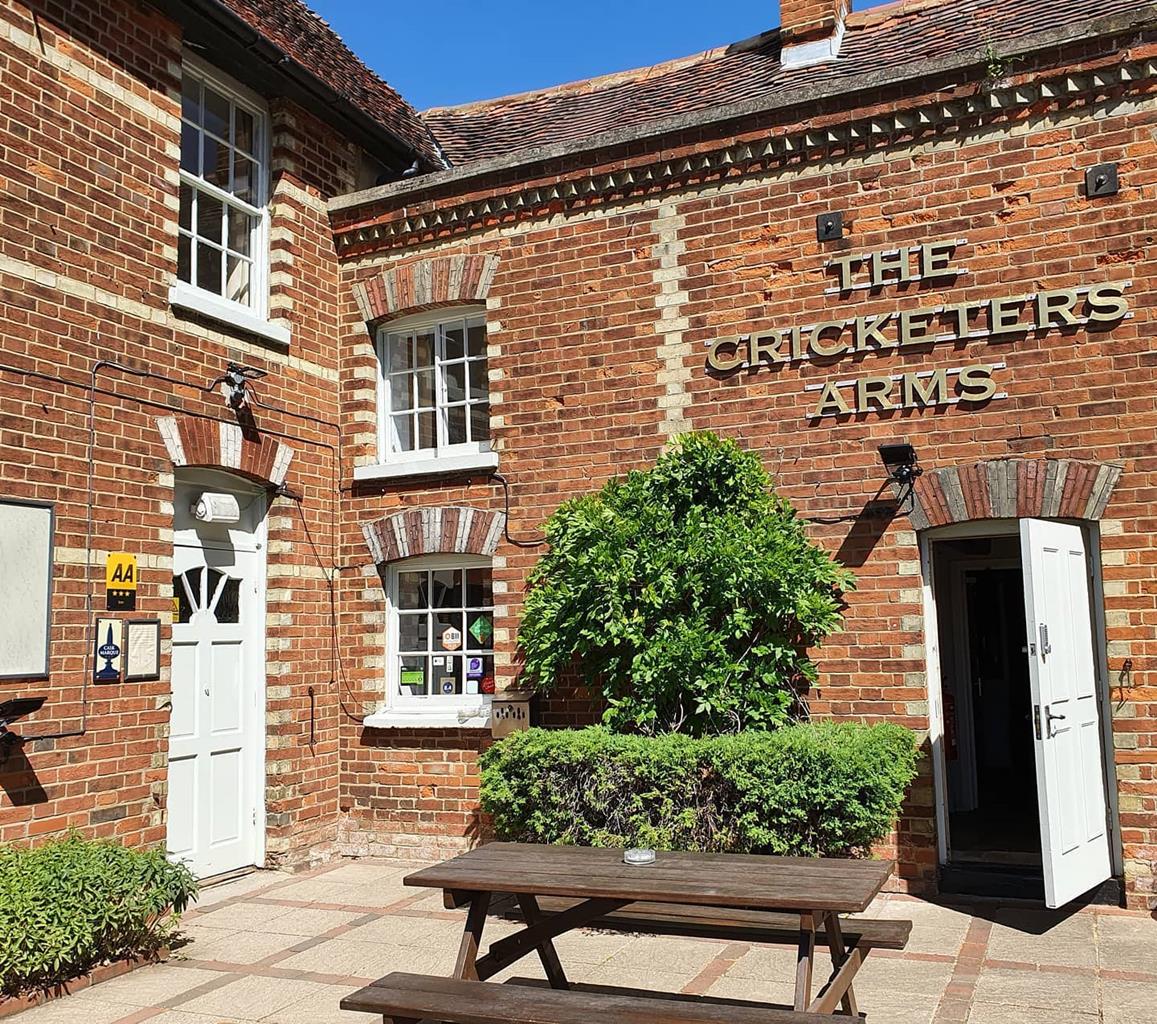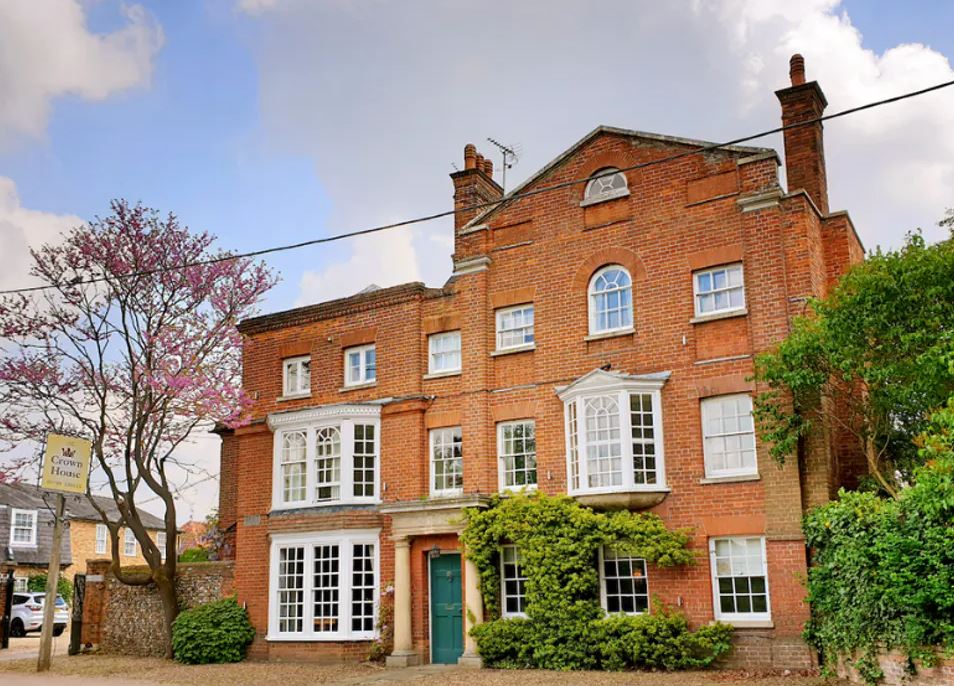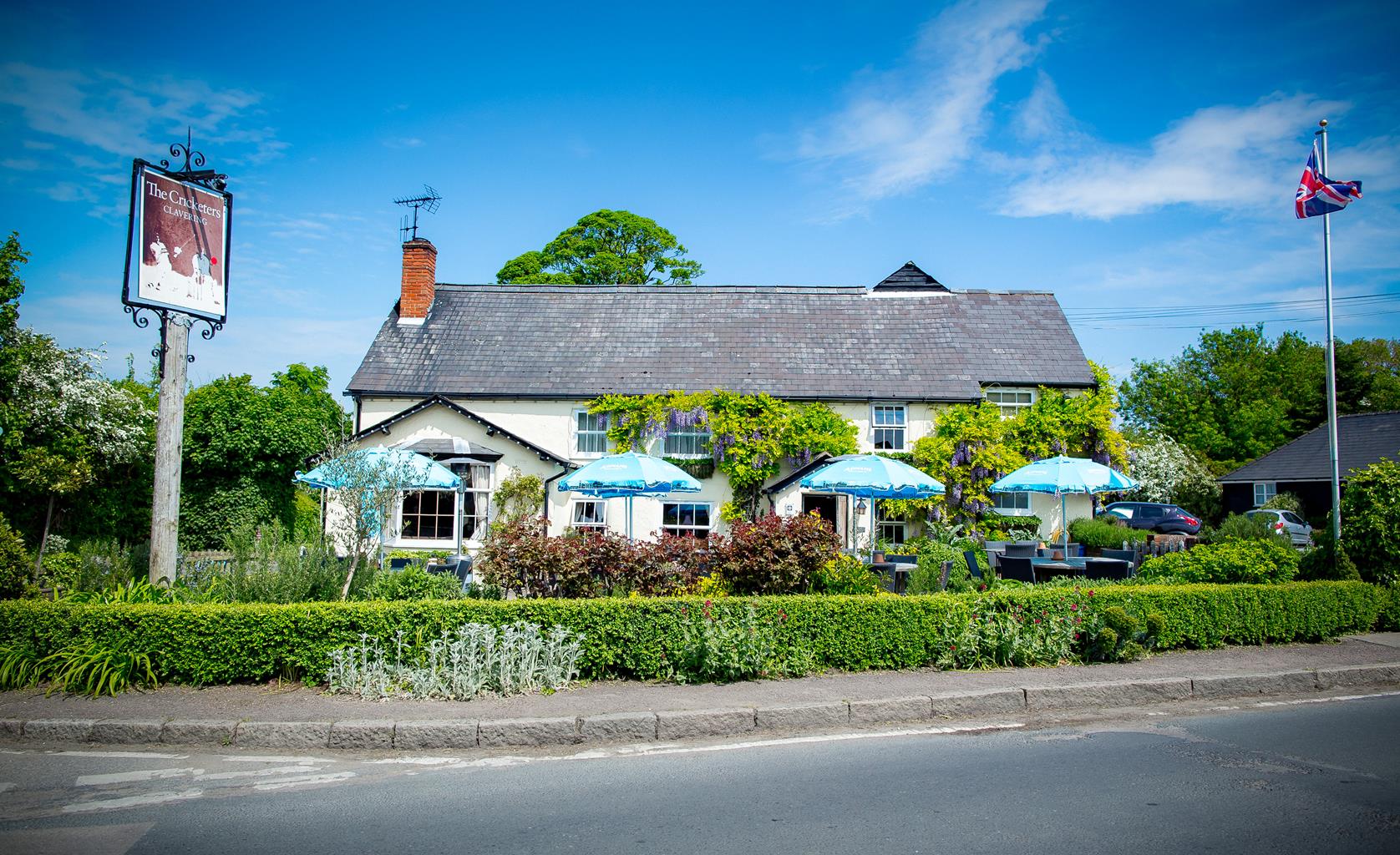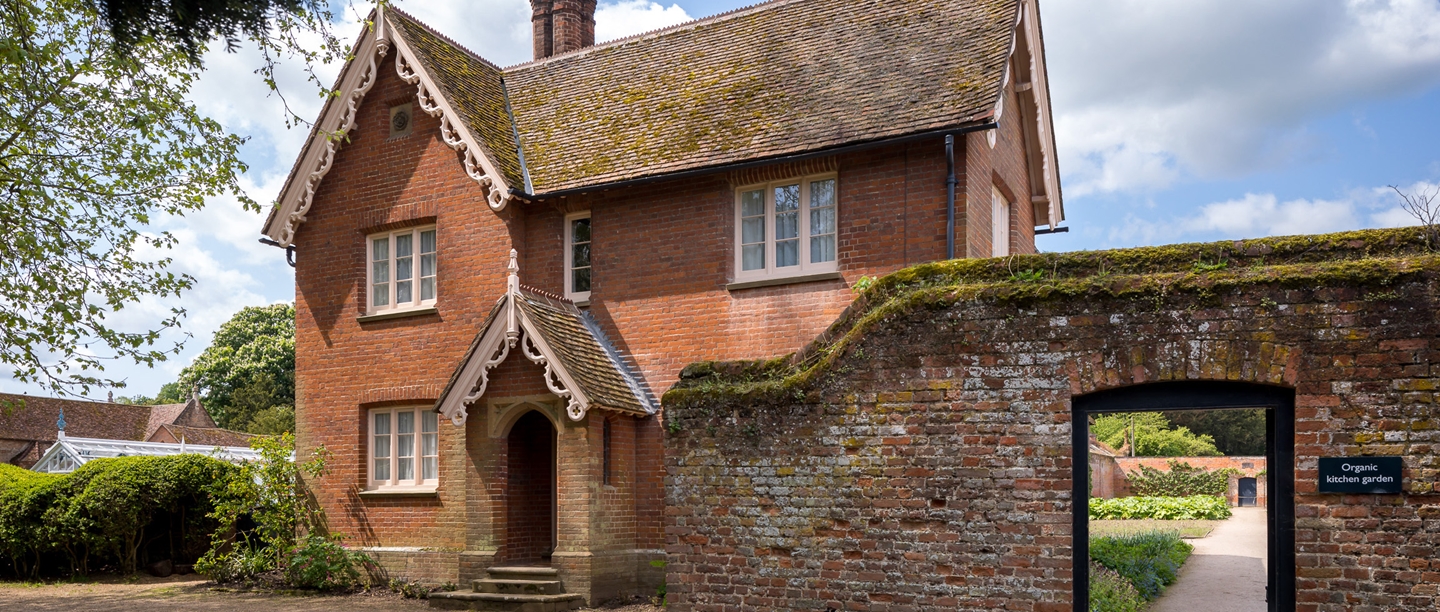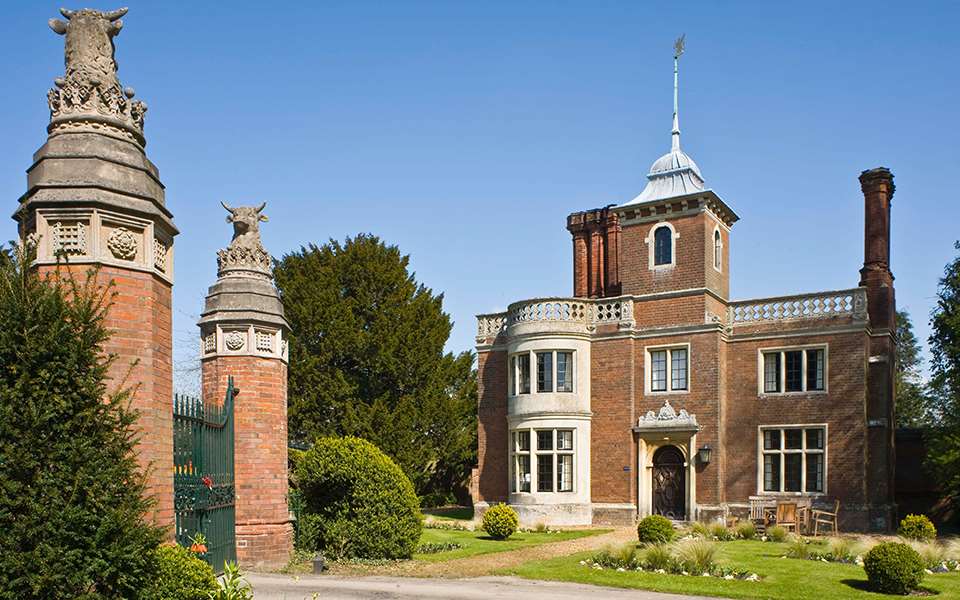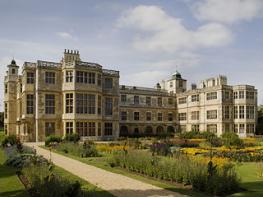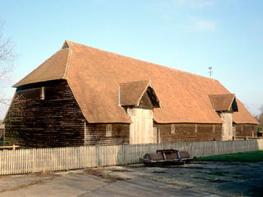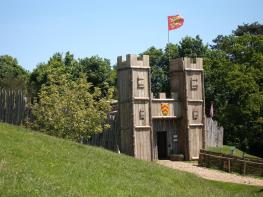The Cricketers is an English country Inn in rural North Essex, close to the historic market town…
Around Nuthampstead and Anstey

5 miles (8kms)
About the walk
Both Nuthampstead and Anstey are delightful villages with a fascinating history. The only US Army Air Force airbase to be built in Hertfordshire during World War II was constructed in Nuthampstead. It had three concrete runways, its own hospital, chapel, cinema, club and sewage works and was home to almost 3,000 service men and women. Initially it was a base for the 55th Fighter Group, which escorted B17 Flying Fortresses in daylight raids over Germany. This group arrived during a wet September in 1943 and quickly renamed it Mudhampstead, but by April 1944 the 55th had moved to a base in Essex. Within a week, however, the 398th Bombardment Group (Heavy) had arrived and was to stay until the end of the war. During this time Glenn Miller and his orchestra visited the base and performed in one of the hangars.
How was it? Well?
One of the group’s aircraft had the unusual name of How was it? Well? It is thought the aircraft got its name as the chief crewman asked this question after each mission. It took part in 112 missions, the most of any 398th aircraft. After VE Day the group’s aircraft were used to take prisoners of war from Germany to France. The 398th completed 195 missions and lost 277 men during combat while stationed in Nuthampstead. Those who died are commemorated on the impressive memorial beside The Woodman pub.
Changes at the airfield
The American Air Force constructed the airfield on Scales Park practically overnight, felling trees and levelling the area. The airfield eventually closed in 1959 and most of its runways and perimeter tracks were demolished and used as hardcore for the M1 motorway. The Forestry Commission planted conifers on the site of the original bomb store and the landowner is returning the area back to native forest.
And on to Anstey
It may be small but the village of Anstey once had a castle. Its 35ft (11m) stone keep was demolished during the reign of Henry III and used to construct part of the church. Inside St George’s, the rare Norman font depicts four mermen, the male version of a mermaid, each holding their tails, and is one of only two in England. Medieval, military-style graffiti has been uncovered on the chancel walls and nearby is a sketch of a man in Elizabethan dress. In memory of those in the 398th who died, a stained-glass window was added in 2000 with a list of names among the butterflies.
Walk directions
From Park Farm Lane walk to the road junction with Bell Lane and bear left and then left again, signposted Anstey. After a few paces turn left along a path between a war memorial and The Woodman pub. This is the Hertfordshire Way; it becomes grassy and joins a concrete path which was once the perimeter track of Nuthampstead airfield.
Where the track meets another turn right and walk parallel with the row of conifers on your left. Just after the track curves and passes to the right of these conifers, bear right along a grassy track that skirts the woodland of Scales Park.
At the edge of the woodland walk across the field, keeping to the right offarm buildings. Go through a gap in the fence, continue to a lane and turn right. At the triangular green join the cross-field path, signposted Anstey, to reach a lane. Once here, turn right.
Just before the lane veers right, turn left at a public footpath sign beside Woodside Cottage. Pass some woods, go through two kissing gates with a paddock in between and continue straight on to a gravel track which skirts to the right of Anstey Castle’s motte and bailey. Go through a gate into St George’s church yard and leave through the lychgate. Turn right along the road and, after the village hall, turn left at a public footpath sign and cross the plank footbridge. At a path crossing turn right with the hedge on your left. The waymarked path becomes enclosed and reaches a lane via a footbridge.
Turn left and at the road junction, join a footpath on the left. Cross a paddock and go over two more footbridges with arable land in between. Now a grassy path, ascend to an electric pole. Turn left and at a fingerpost where the track goes left, continue ahead. Cross a footbridge and keep straight on to the left of grazing land to Anstey.
At the lane turn right, signposted Brent Pelham, pass the village pump, and at the next road junction bear left. Continue along this winding lane all the way to The Woodman pub and retrace your steps back to the start.
Additional information
Paths, field paths, arable farmland, tracks and lanes
Extensive views and woodland
On lead near farms
OS Explorer 194 Hertford & Bishop's Stortford
Park Farm Lane
None on route
WALKING IN SAFETY
Read our tips to look after yourself and the environment when following this walk.
Find out more
Also in the area
About the area
Discover Hertfordshire
As Hertfordshire is so close to London, many of its towns have become commuter havens. St Albans, less than 19 miles (30km) from the capital, has retained its distinctive character, along with many historic remains. The Roman city of Verulamium is situated in a nearby park, and excavations have revealed an amphitheatre, a temple, parts of the city walls and some house foundations. There are also some amazing mosaic pavements.
The abbey church at St Albans is thought to have been built on the same site where St Alban met his martyrdom in the 3rd century. The abbey was founded in 793 by King Offa of Mercia, and contains the saint’s shrine, made of Purbeck marble. Lost for years, it was discovered in the 19th century, in pieces, and restored by the designer of the red telephone box, Sir Giles Gilbert Scott. The abbey also contains some wonderful medieval wall paintings. Nicholas Breakspear was born in St Albans, the son of an abbey tenant. In 1154 he took the name Adrian IV, and became the first, and so far only, English pope. Another famous son of Hertfordshire was Sir Francis Bacon, Elizabethan scholar and Lord High Chancellor, born in Hemel Hempstead in 1561.
Nearby stays
Restaurants and Pubs
Nearby experiences
Recommended things to do
Why choose Rated Trips?
Your trusted guide to rated places across the UK
The best coverage
Discover more than 15,000 professionally rated places to stay, eat and visit from across the UK and Ireland.
Quality assured
Choose a place to stay safe in the knowledge that it has been expertly assessed by trained assessors.
Plan your next trip
Search by location or the type of place you're visiting to find your next ideal holiday experience.
Travel inspiration
Read our articles, city guides and recommended things to do for inspiration. We're here to help you explore the UK.


